Every major structure built as part of the I-4 Beyond the Ultimate project requires a solid foundation to ensure it will last for years to come. A key part of these foundations is underground pillars made of concrete or steel, otherwise known as “piles.” Piles often need to be placed more than 100 feet underground to provide safe, stable foundations for bridges and overpasses.
Pile driving is typically done in two ways. The first involves “vibrating” the piles into the ground. In the second method, if the soil is soft and loose, piles can be shaken into the ground, rather than driven, using a hydraulic or diesel-powered hammer. Vibratory pile is also effective at installing sheet pile, which supports wall structures.
However, even when using the vibratory method, it may be necessary to use a pile-driving hammer to set the piles in place at the end of the process. The impact of a hammer to the top of the pile drives the steel or concrete pile through dense underground layers to the required design elevation.
If you reside near pile driving activity you may hear the pile-driving hammer and sometimes notice ground vibration. The Florida Department of Transportation (FDOT) Standard Specification 108 details the contractor’s responsibility to monitor vibration and settlement. If excessive vibration is encountered, countermeasures will be implemented.
Most pile driving takes place during the day to minimize impact to nearby residents. To mitigate disturbances while still ensuring accuracy and stability, inspectors utilize tools such as vibration sensors to carefully monitor levels of vibration, along with the number of blows it takes to reach a certain level. Vibration levels can be affected by the type of soil, the building structure, and a person’s location. Noise levels may fluctuate due to proximity to the pile driving and the type of structure the person is inside.
Recently, pile driving started in mid-January near the improvement project that is transforming the Daryl Carter Parkway overpass into a Diverging Diamond Interchange (DDI) as part of the I-4 Beyond the Ultimate project. Nearby residents and businesses were informed of the pile driving in advance to prepare them for the process.
If you have any questions or concerns regarding pile driving activity, please contact us.
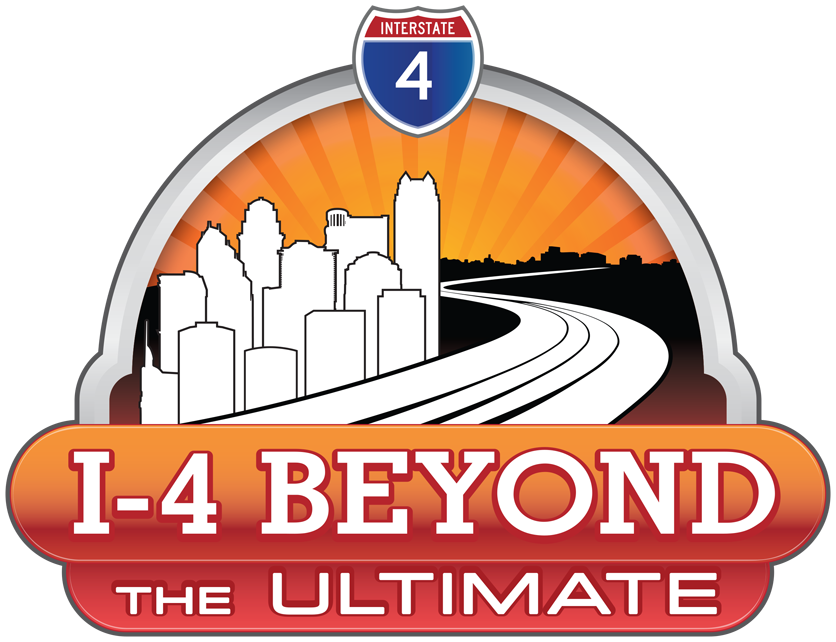

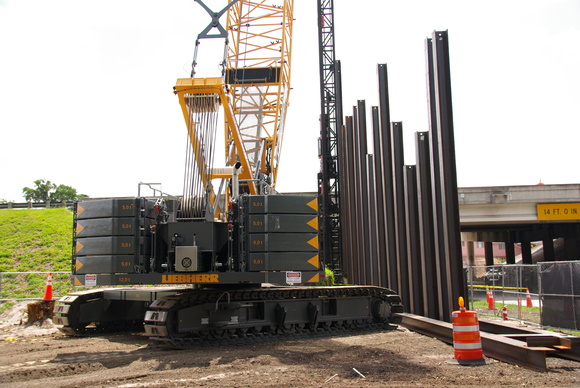
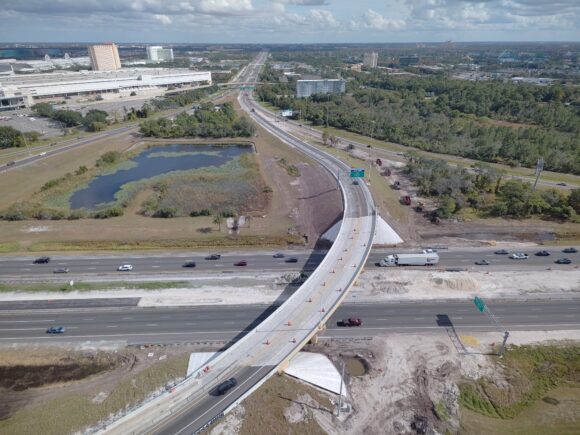 ATTENTION DRIVERS: Overnight Closure of the Westbound I-4 Exit Ramp to Eastbound S.R. 528 December 21
ATTENTION DRIVERS: Overnight Closure of the Westbound I-4 Exit Ramp to Eastbound S.R. 528 December 21 December Marks National Impaired Driving Prevention Month
December Marks National Impaired Driving Prevention Month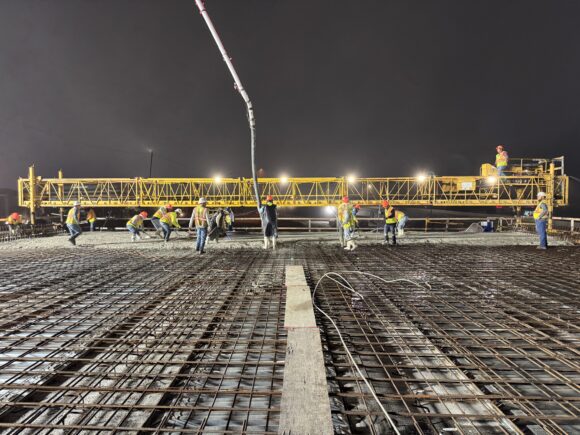 Cold Weather Brings Unique Construction Challenges
Cold Weather Brings Unique Construction Challenges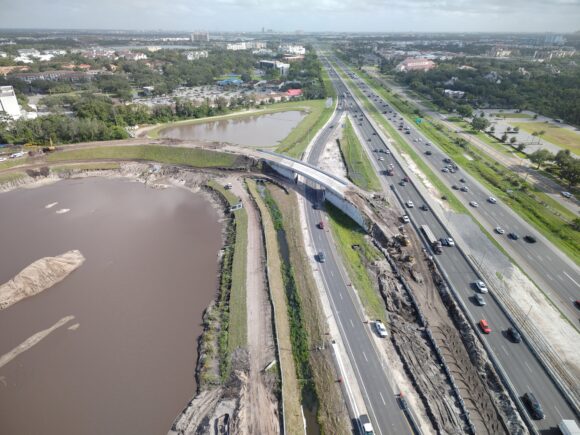 What’s Next for the New Loop Ramp on Apopka-Vineland Road
What’s Next for the New Loop Ramp on Apopka-Vineland Road